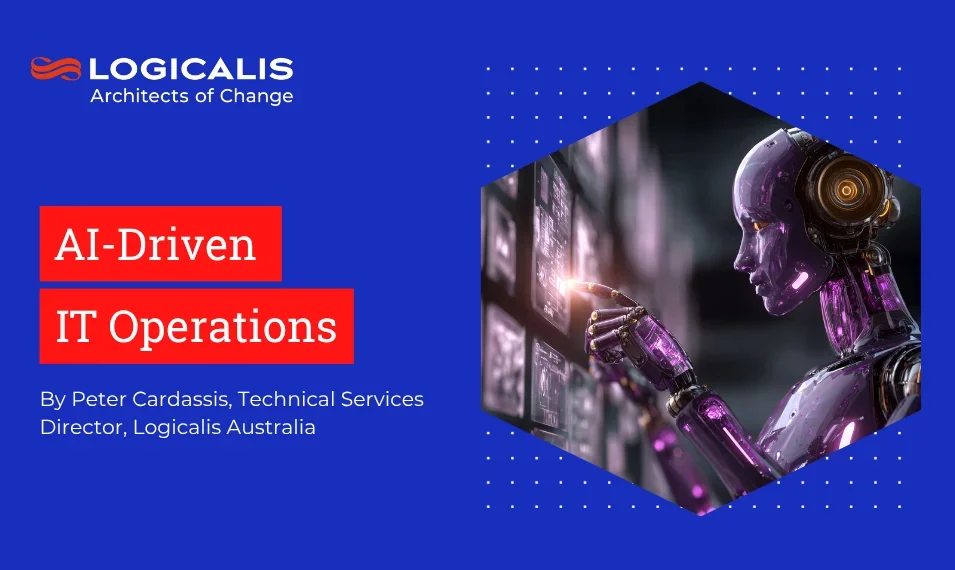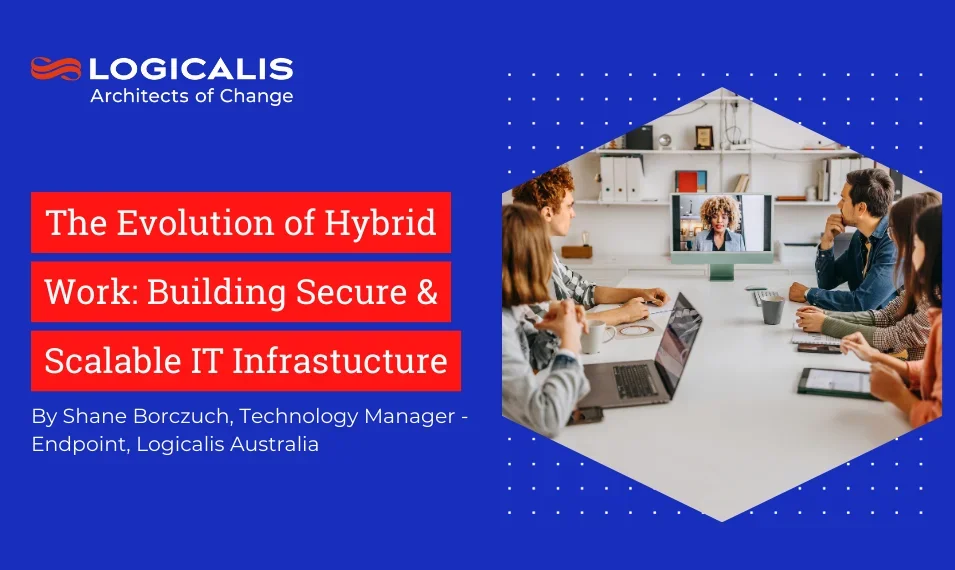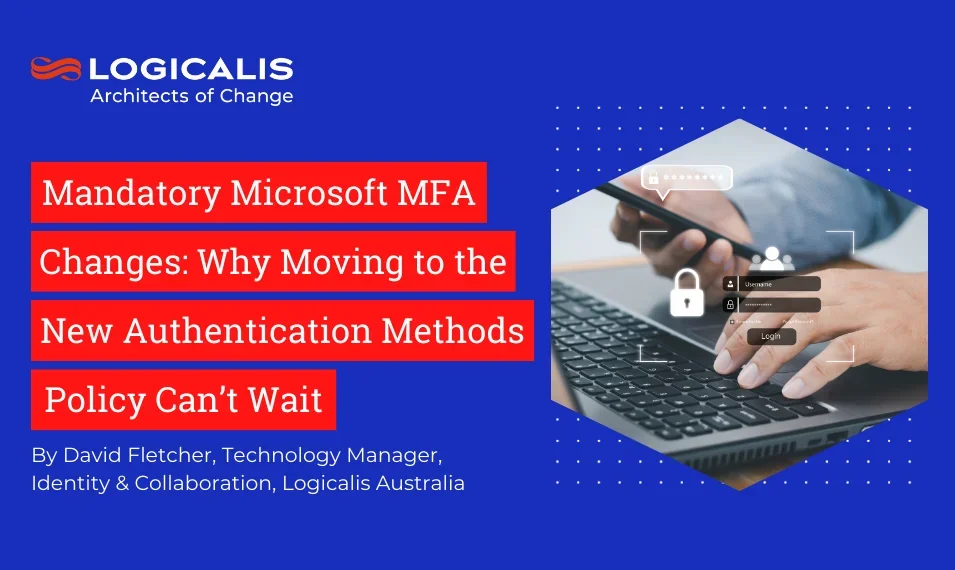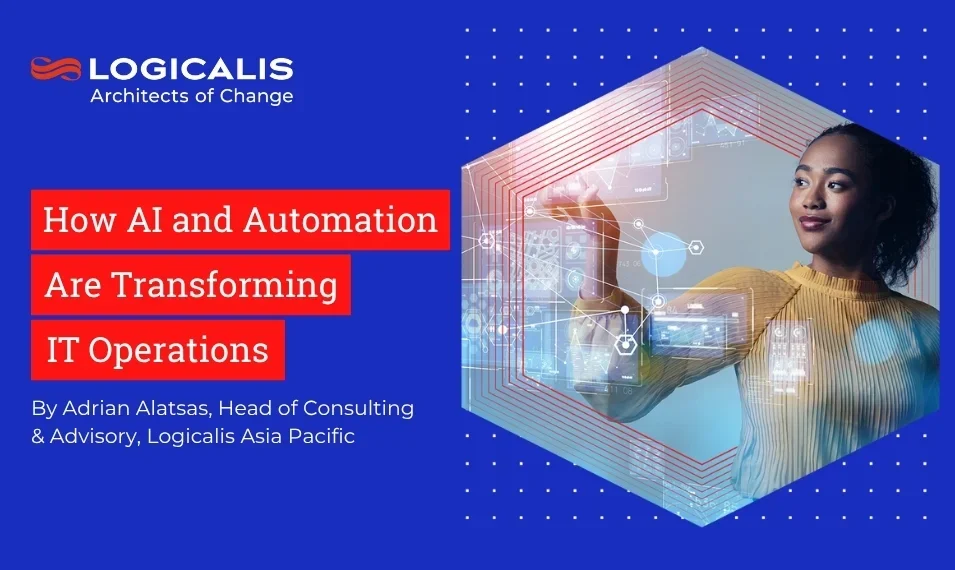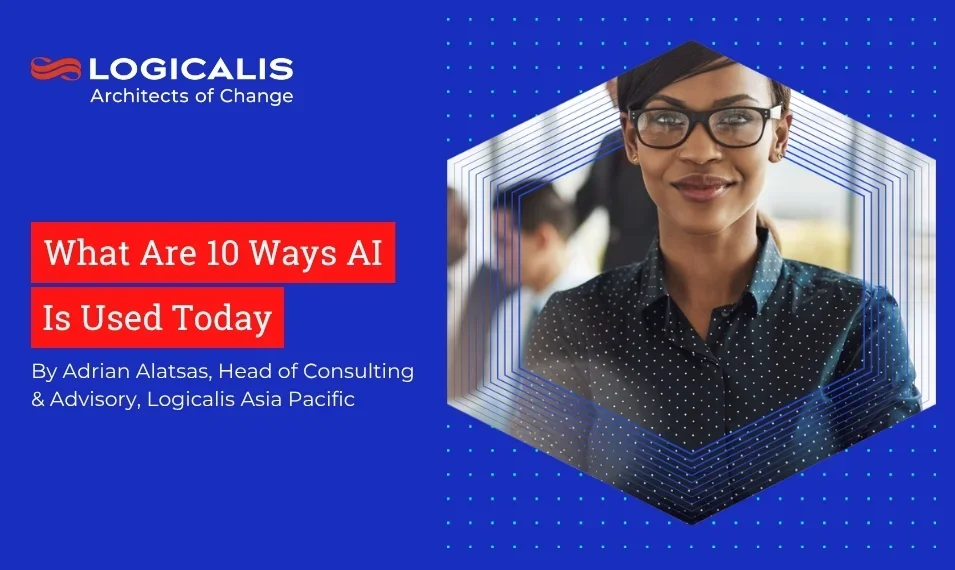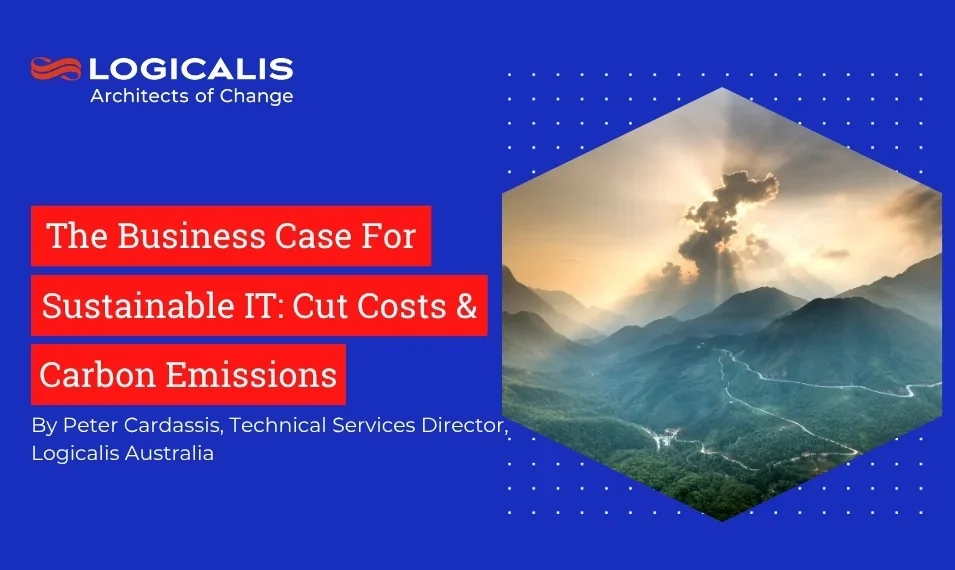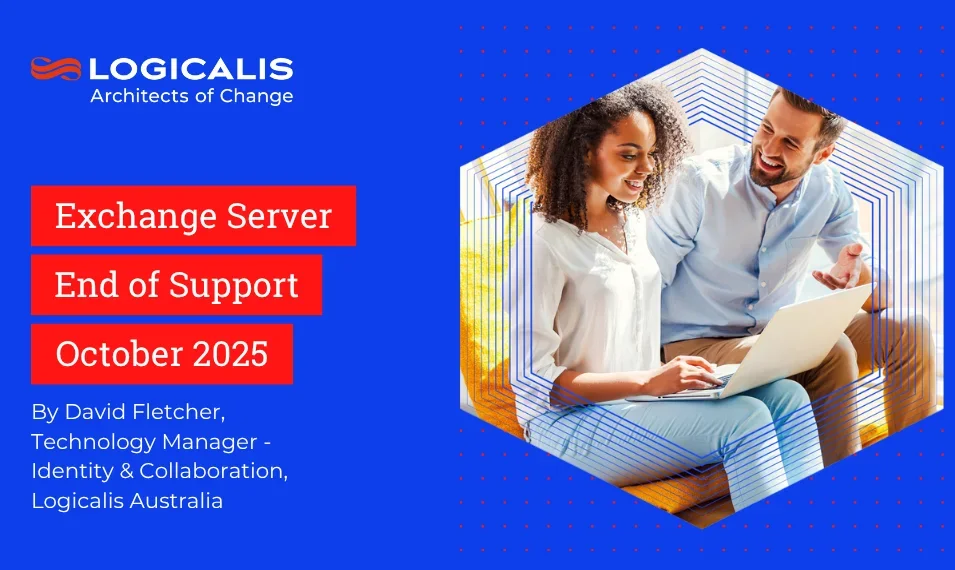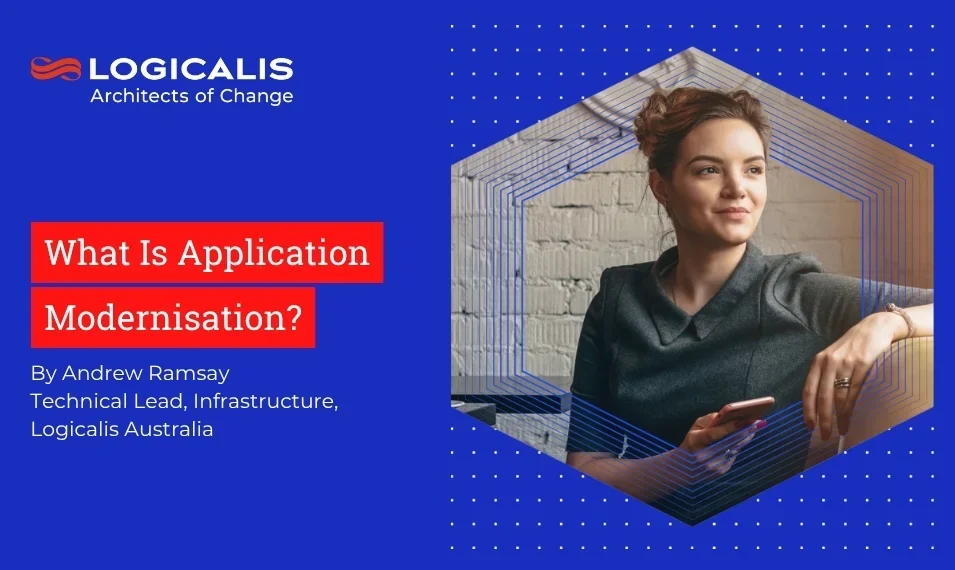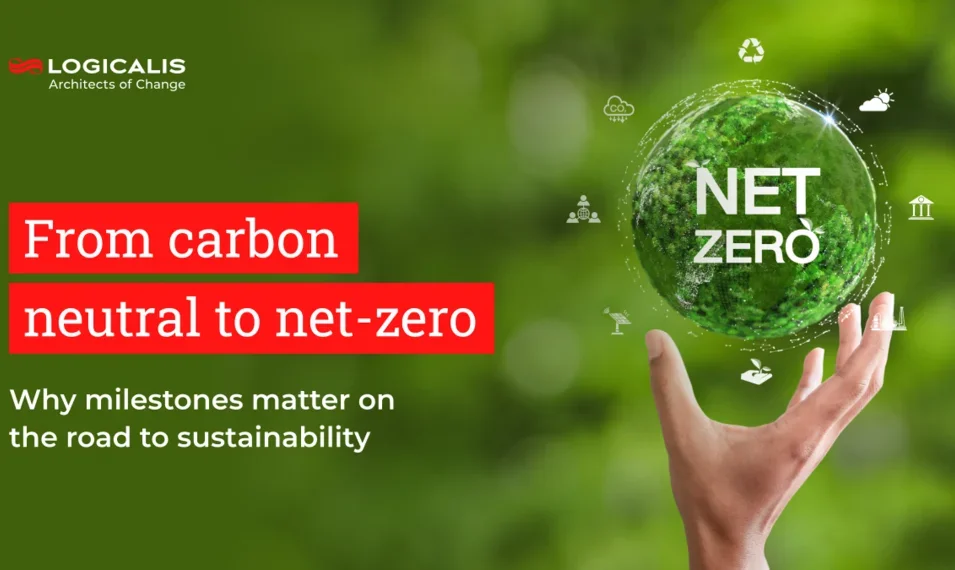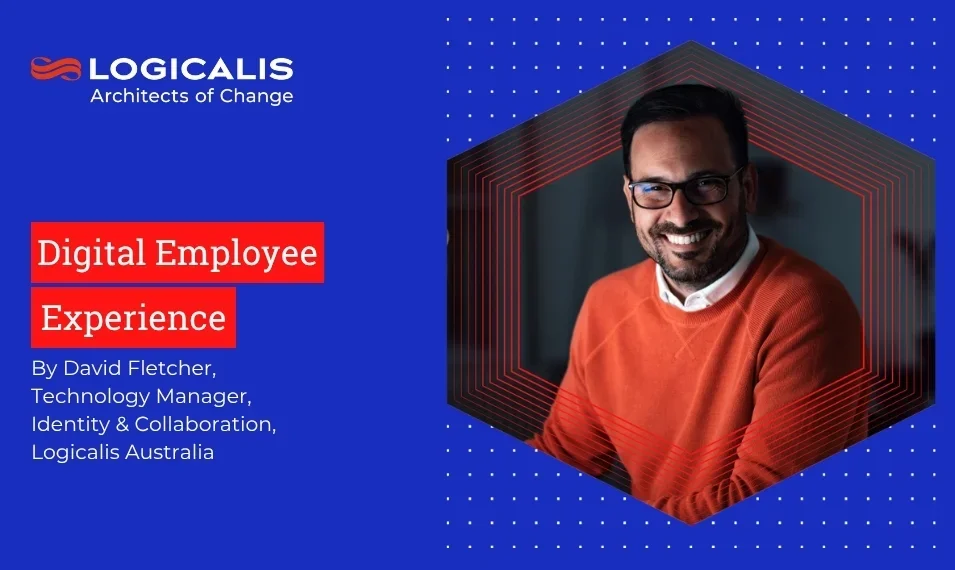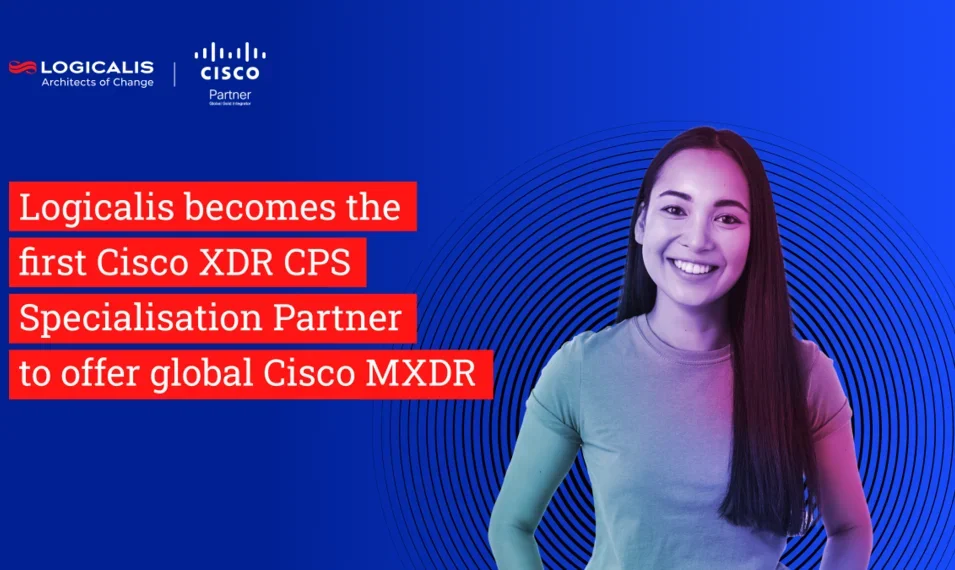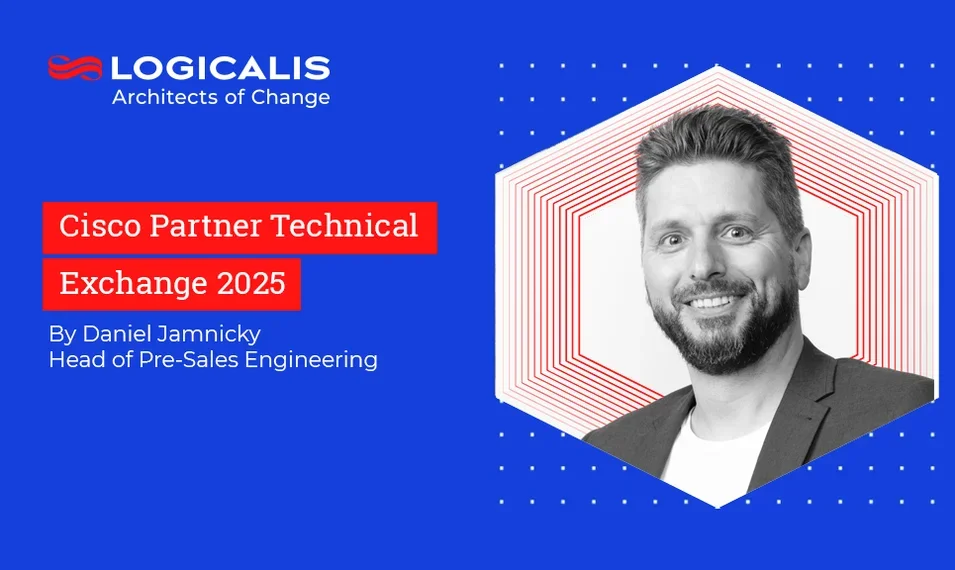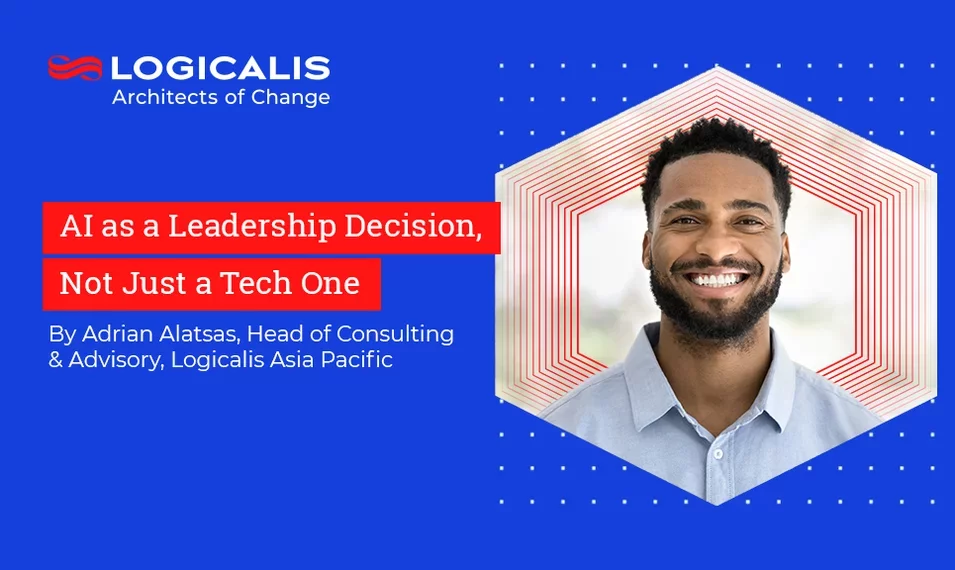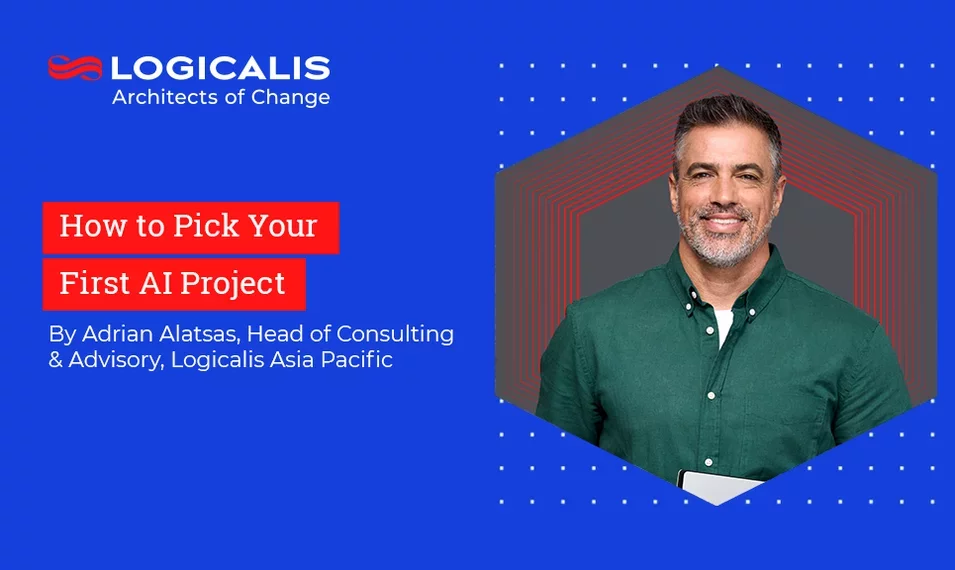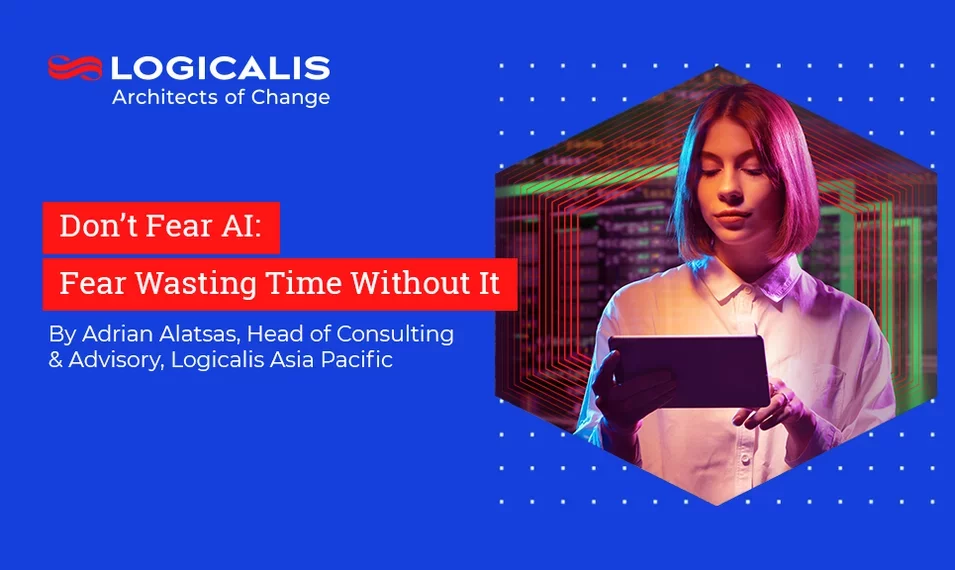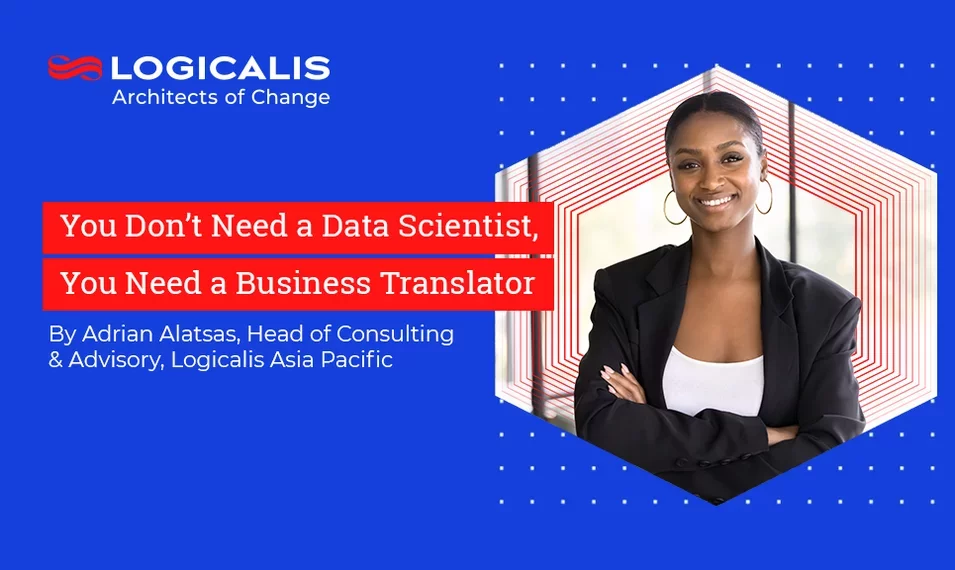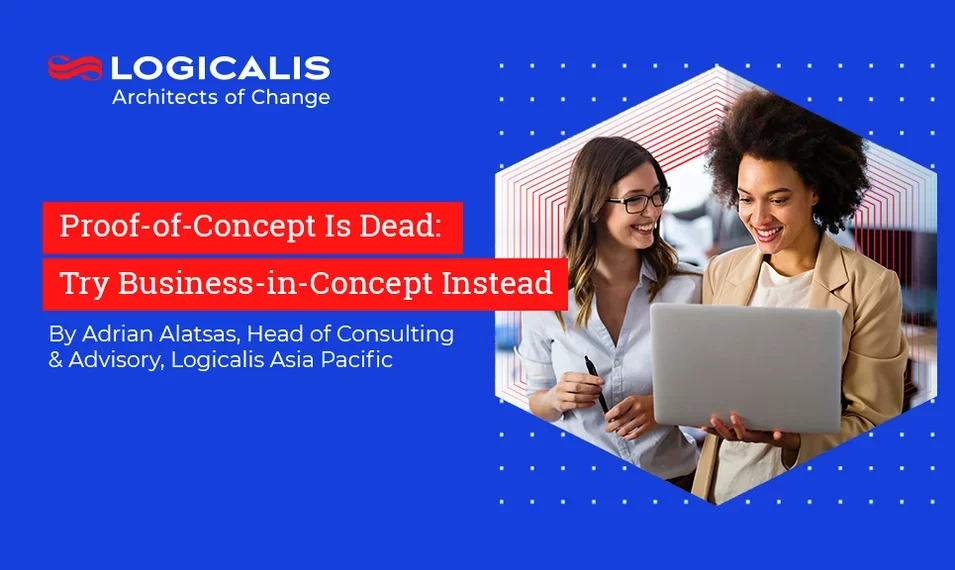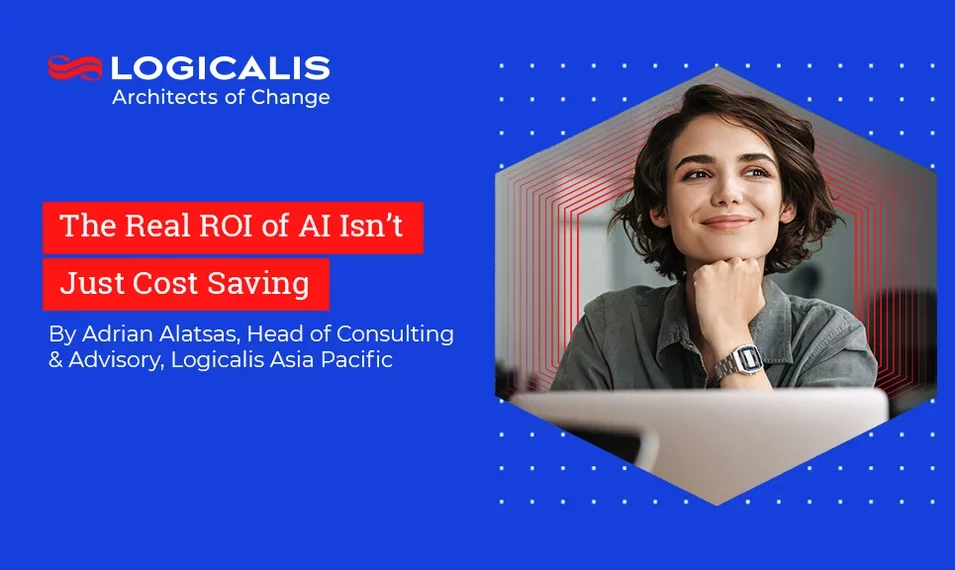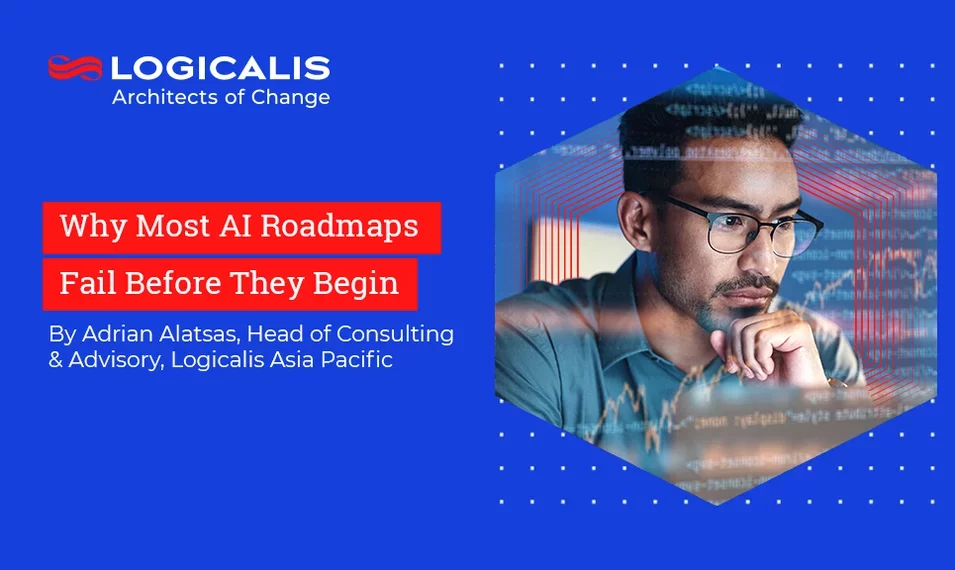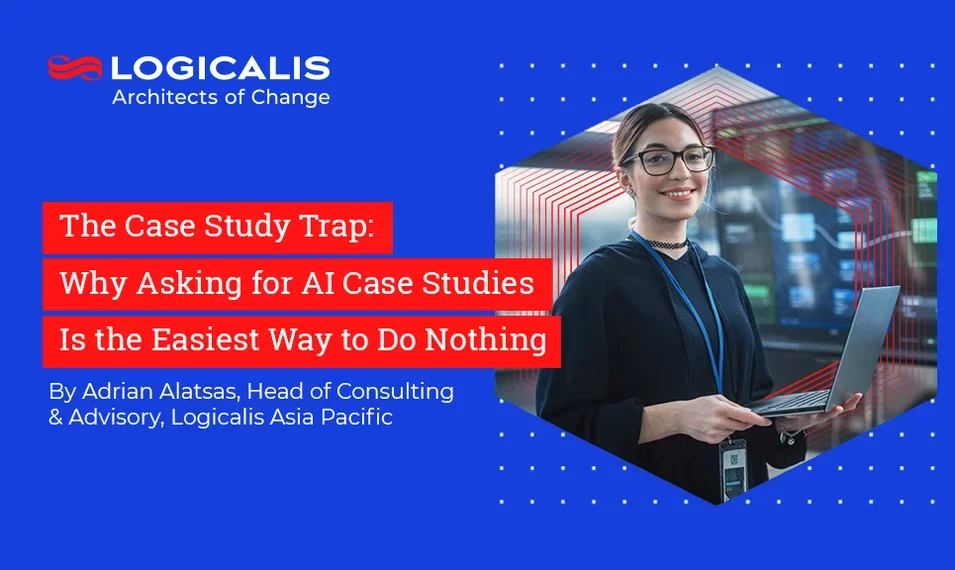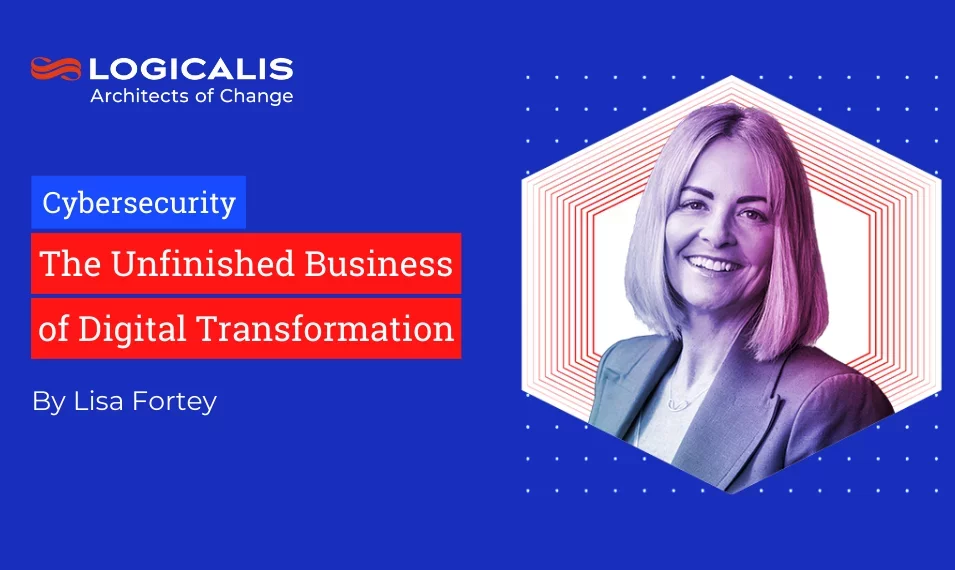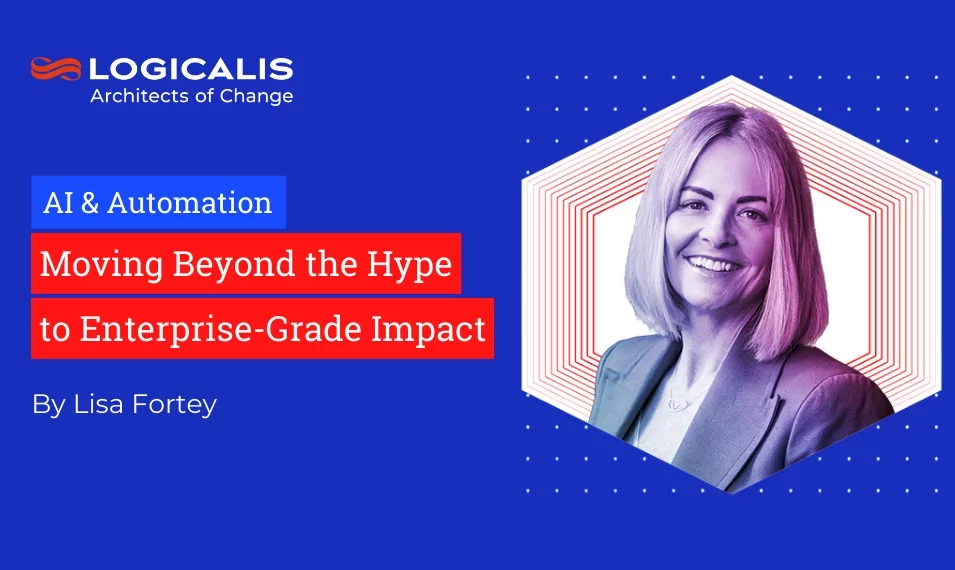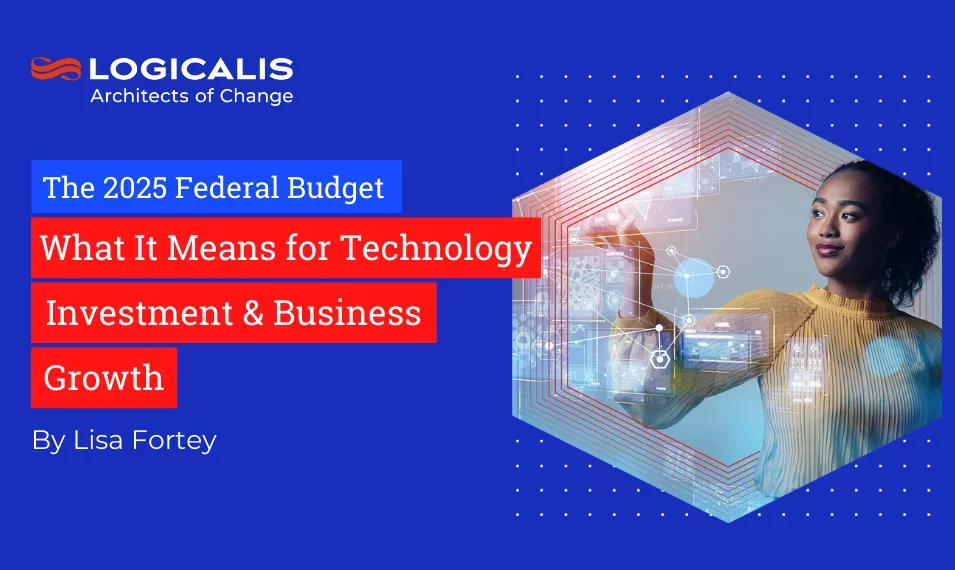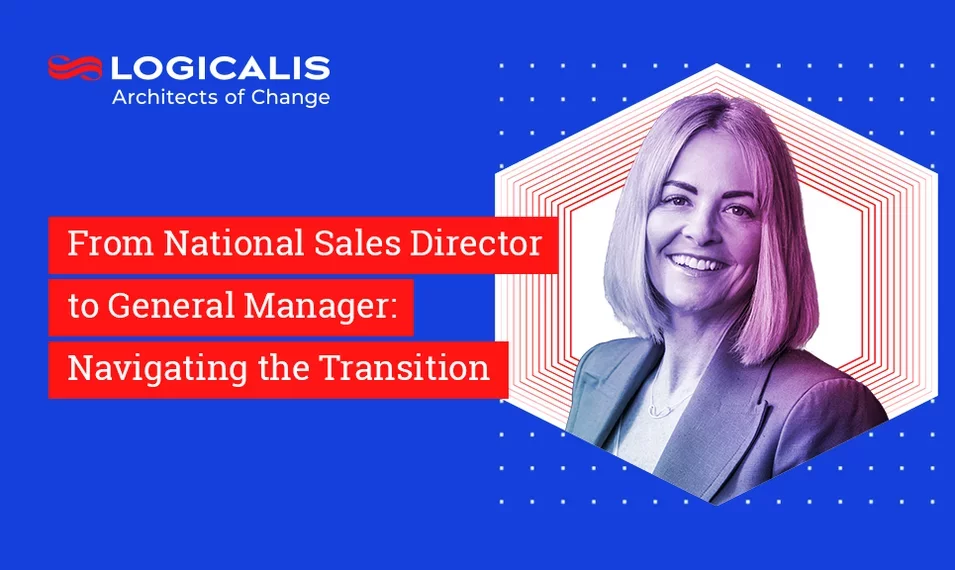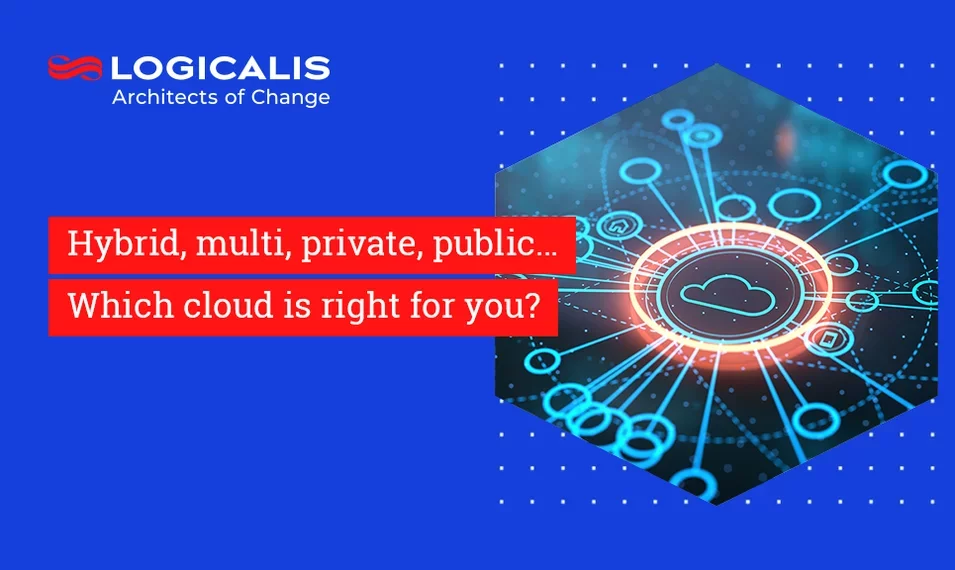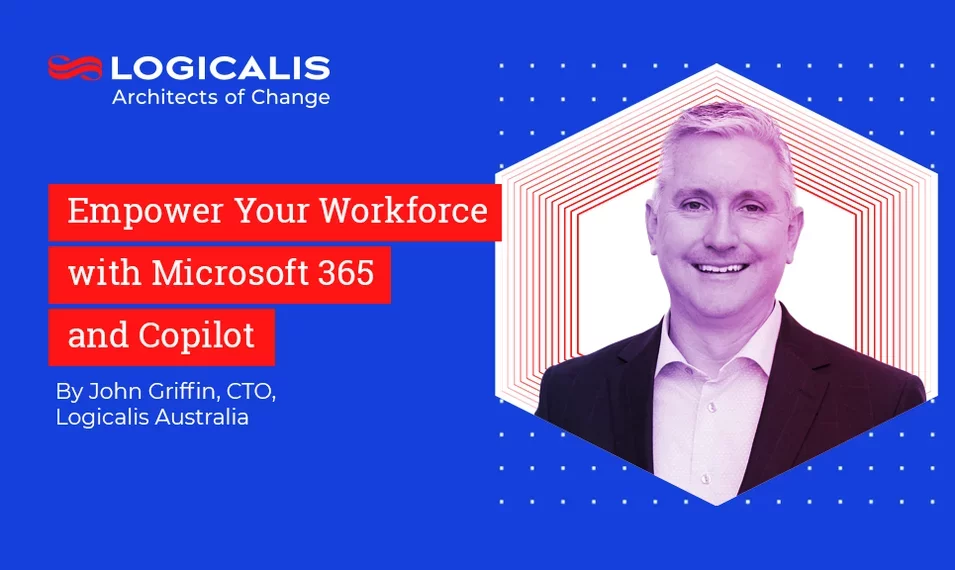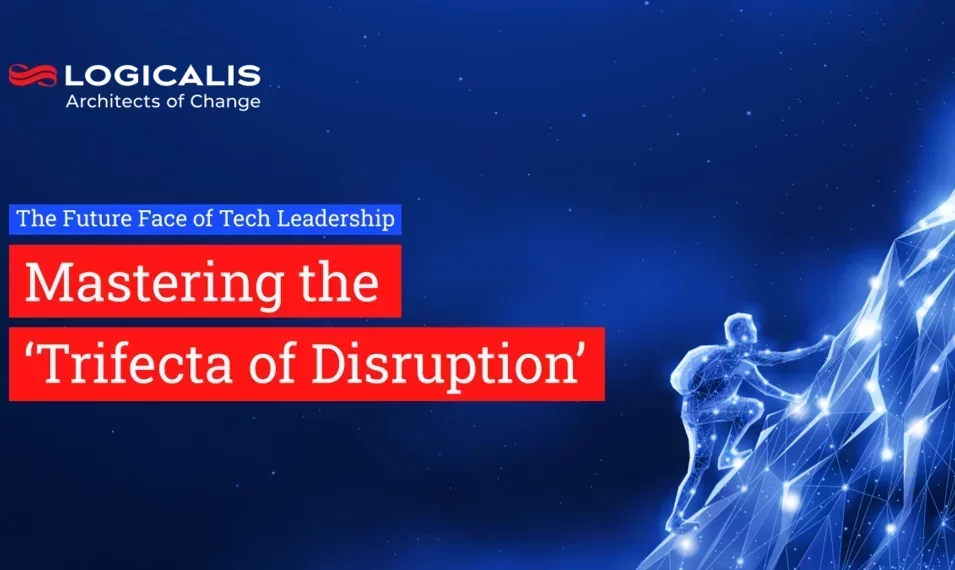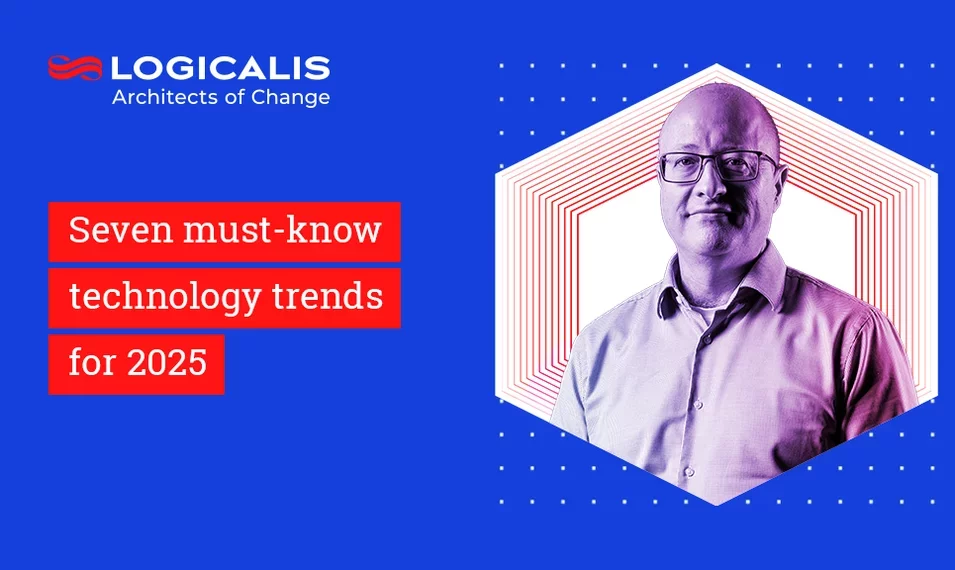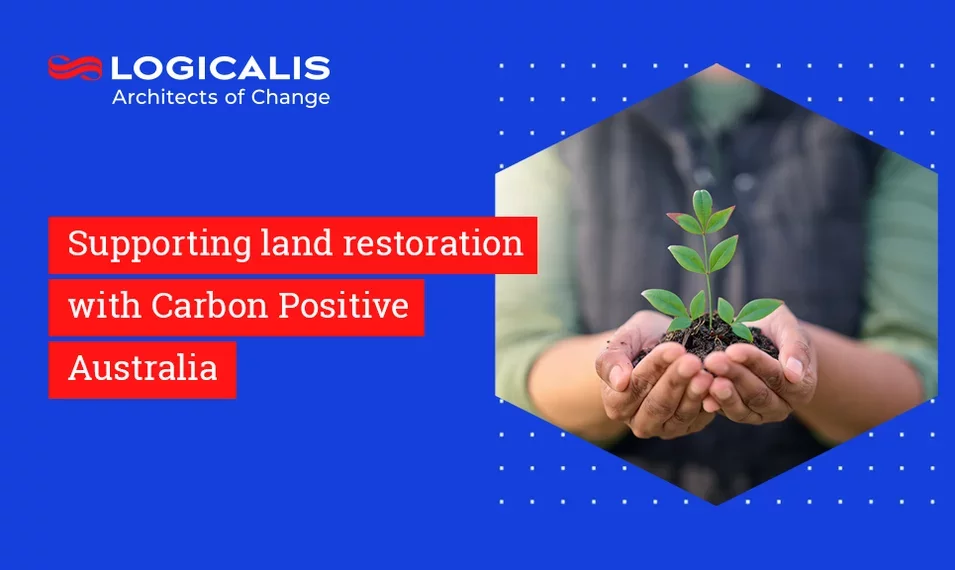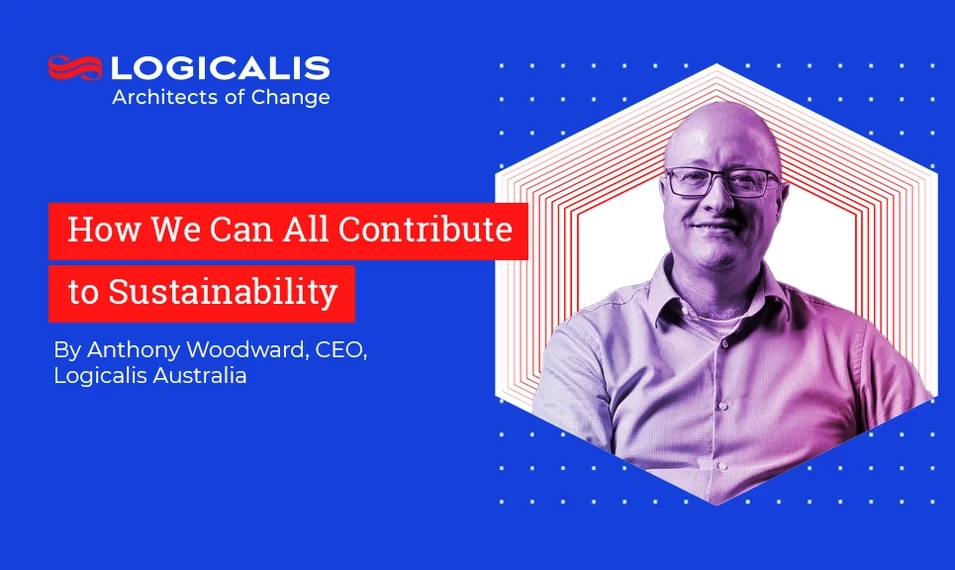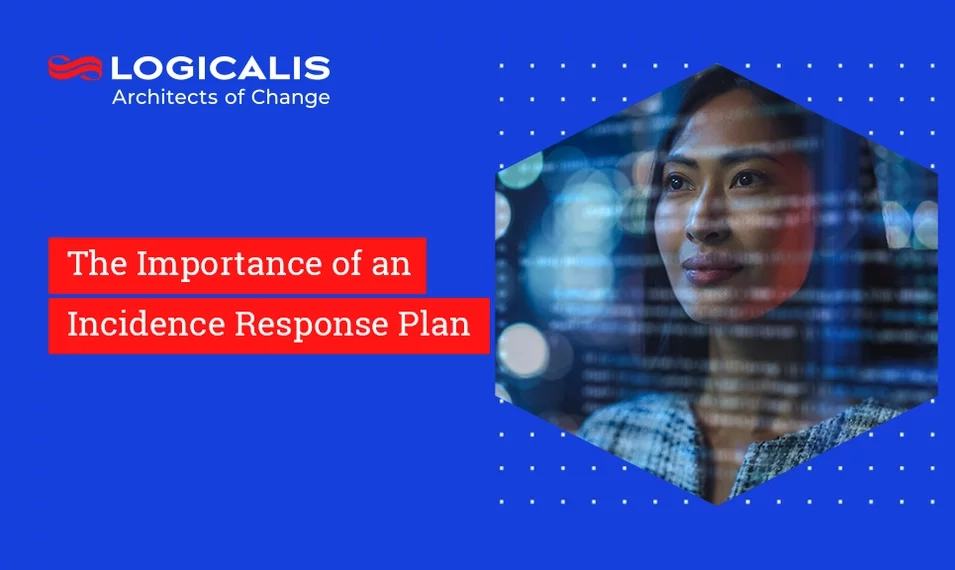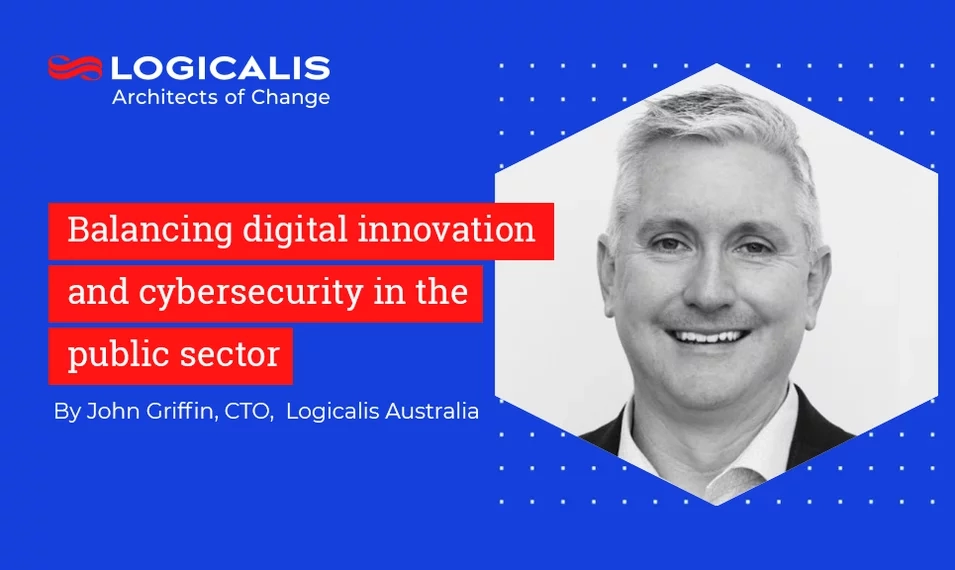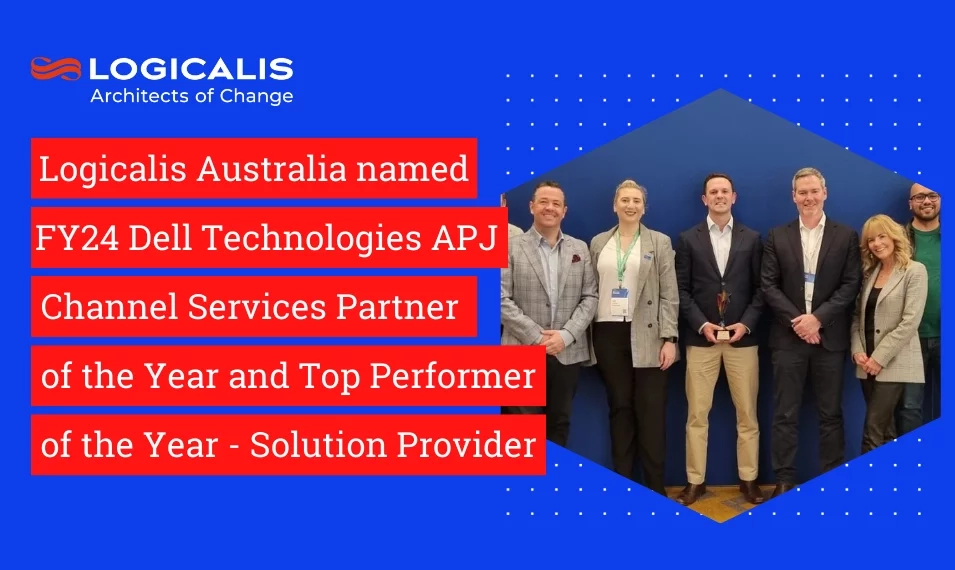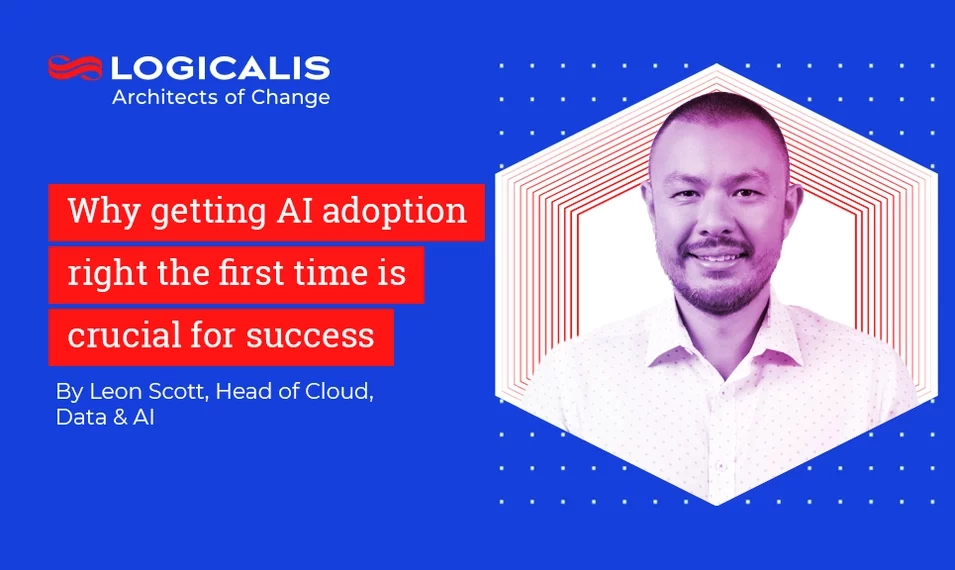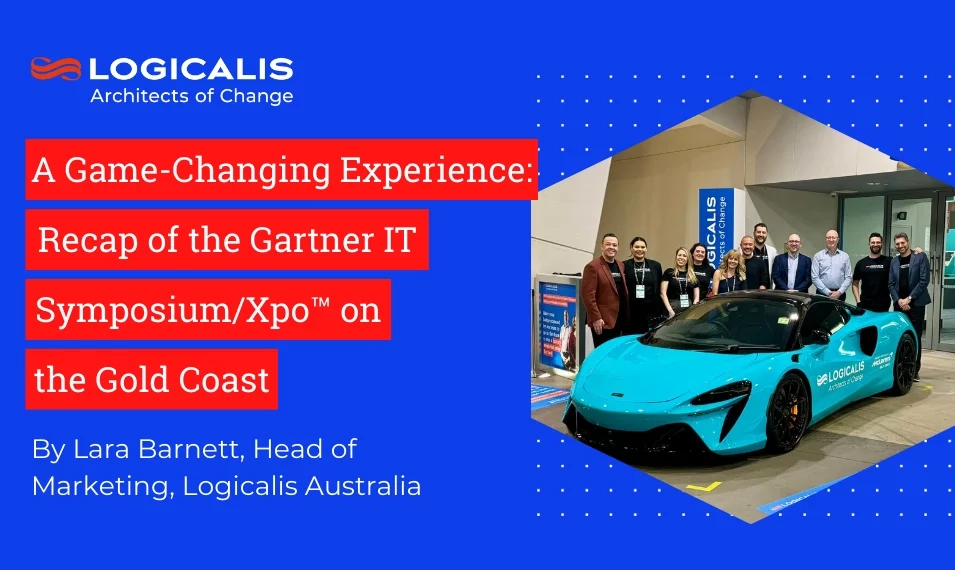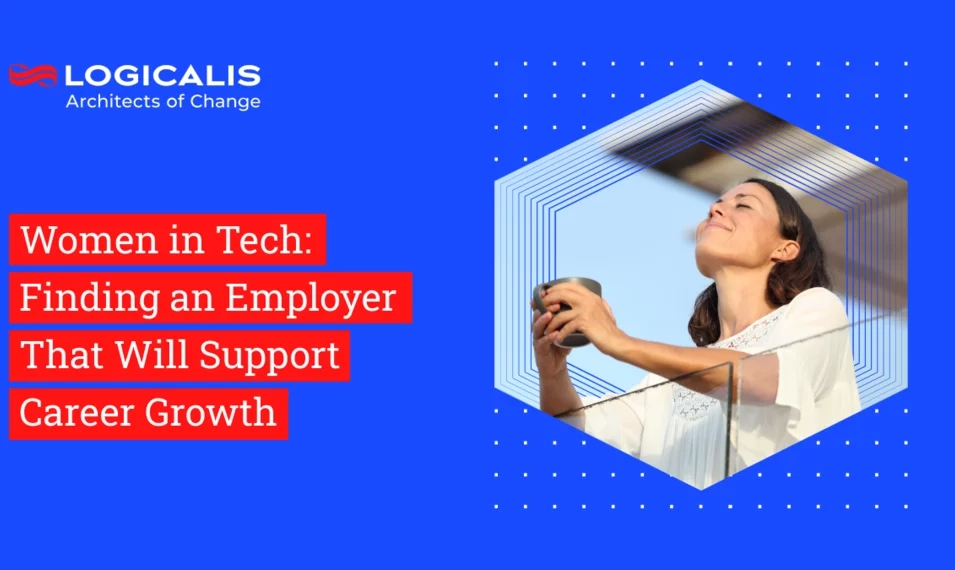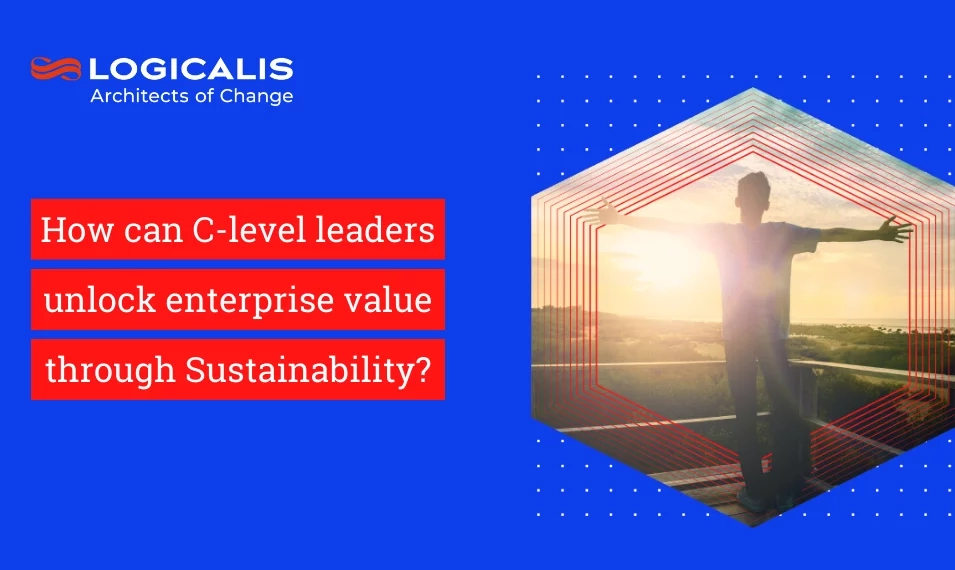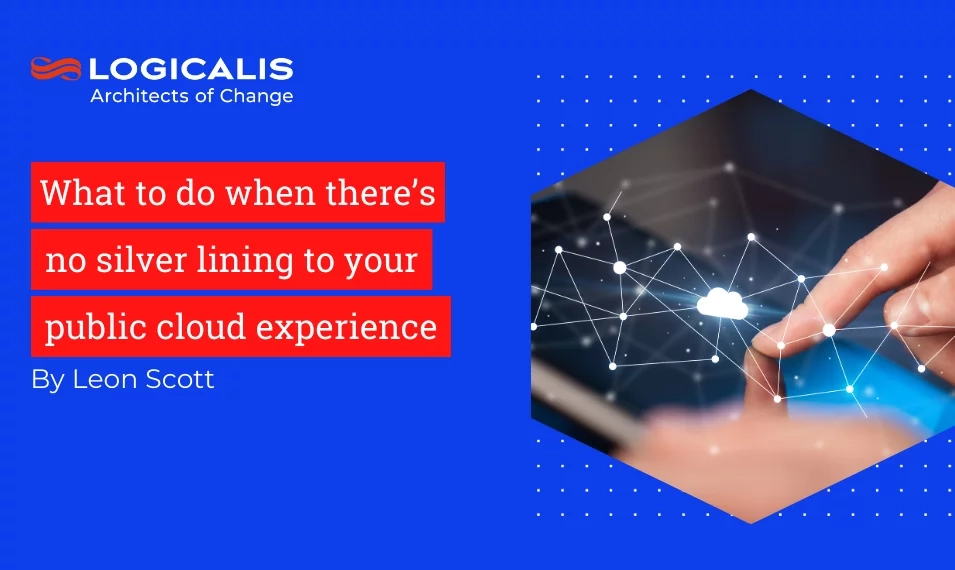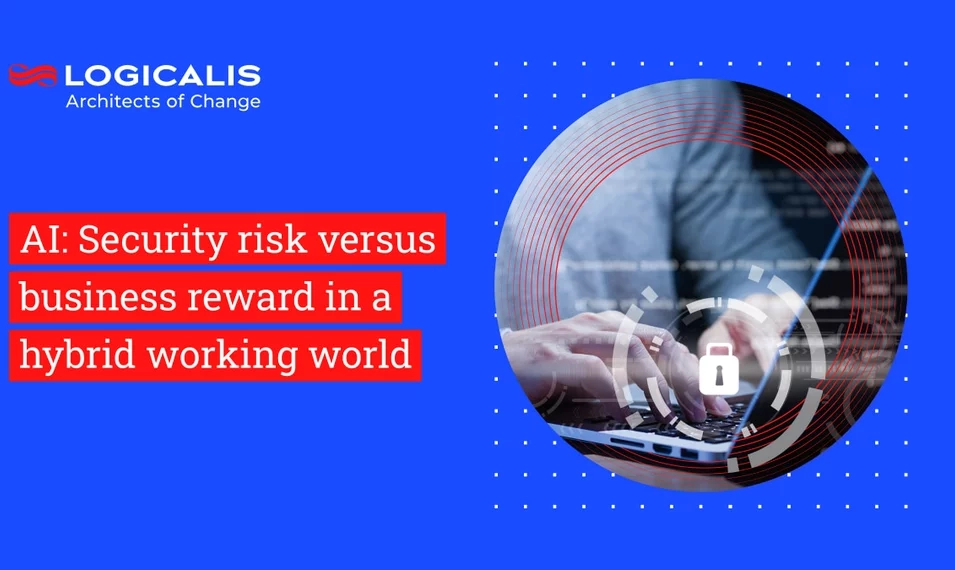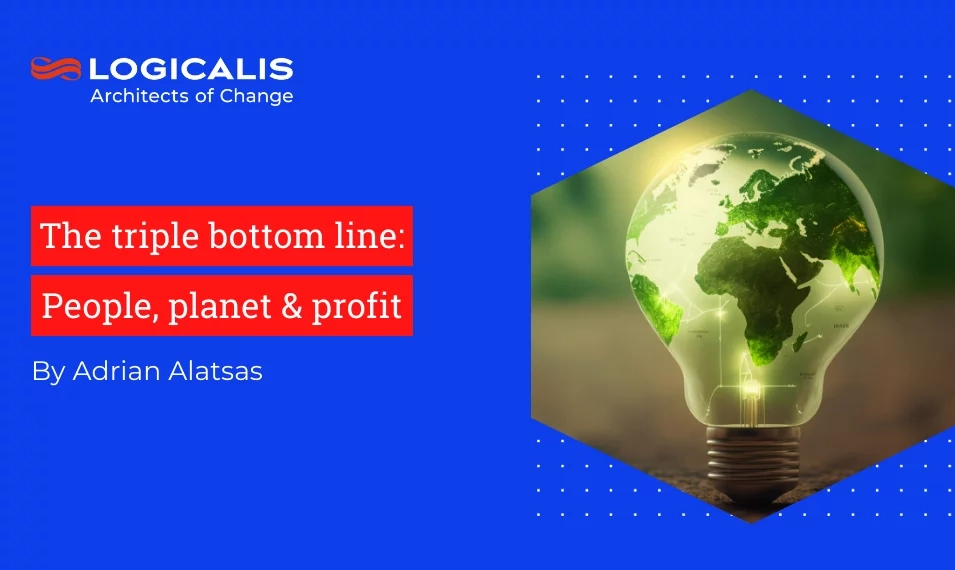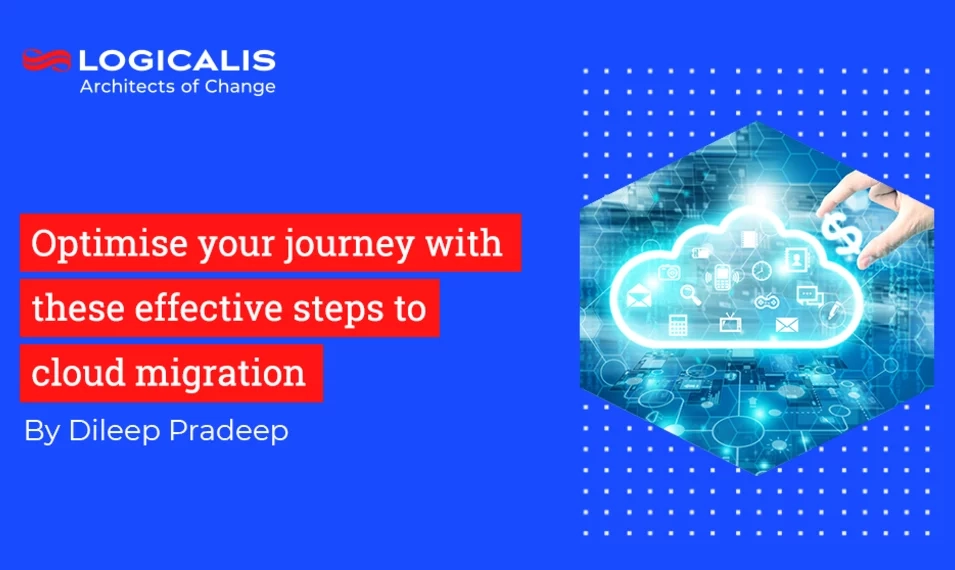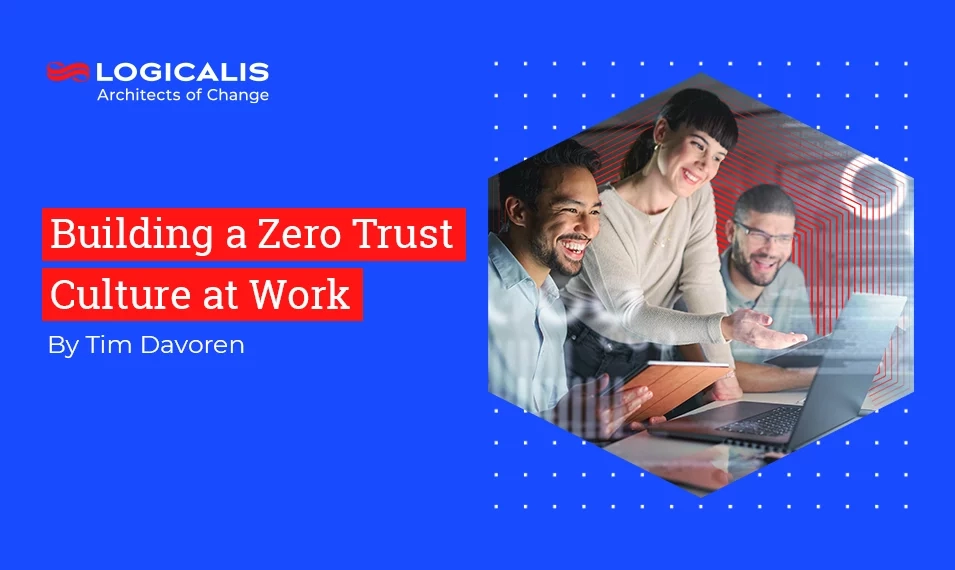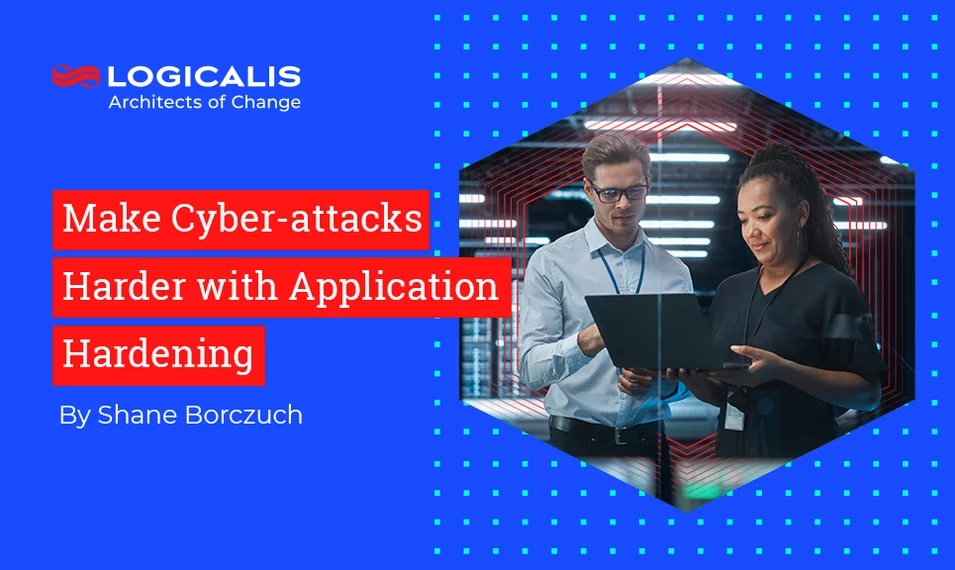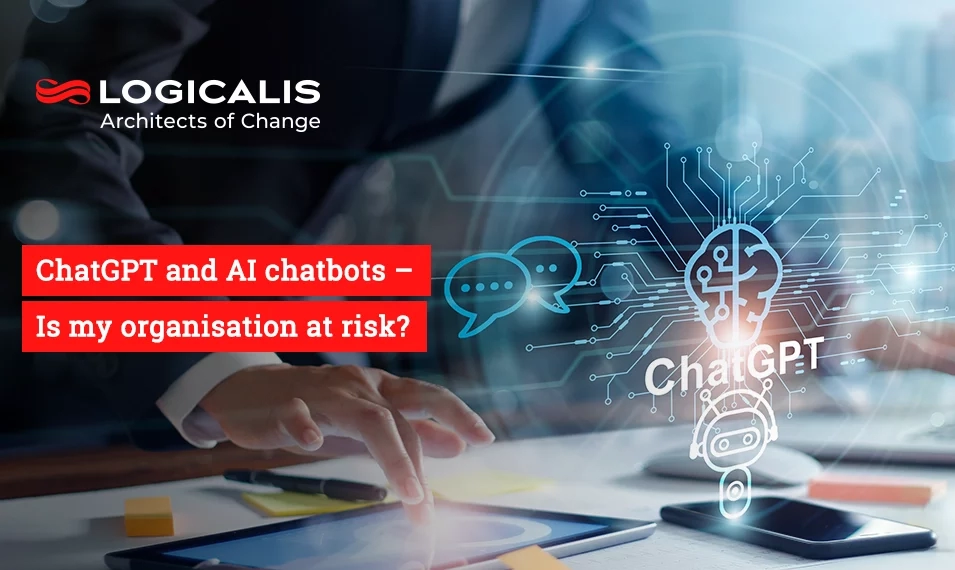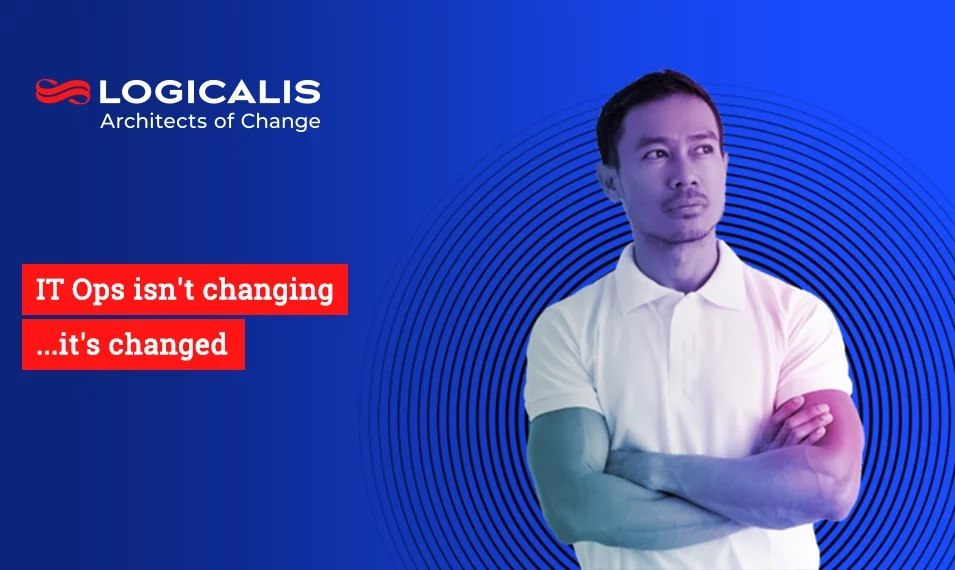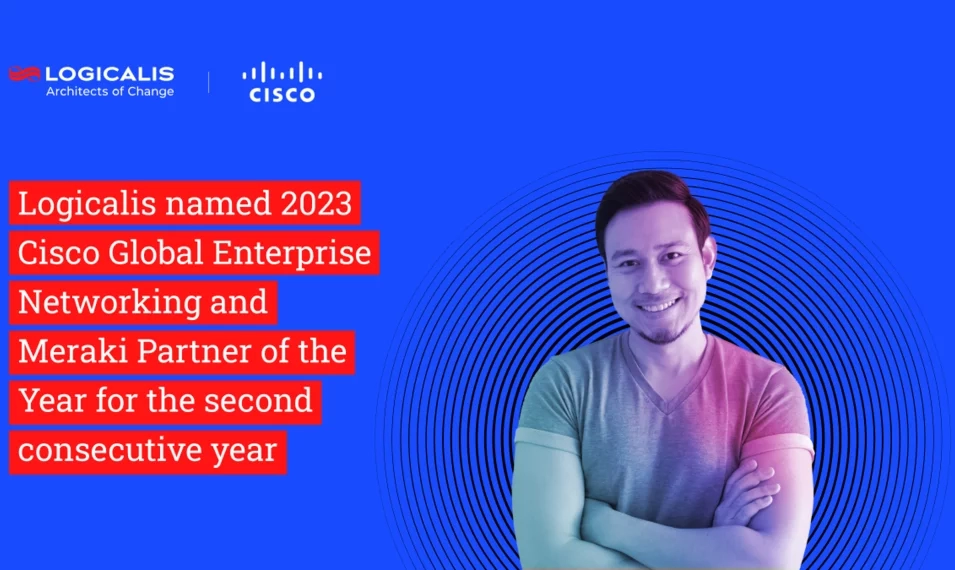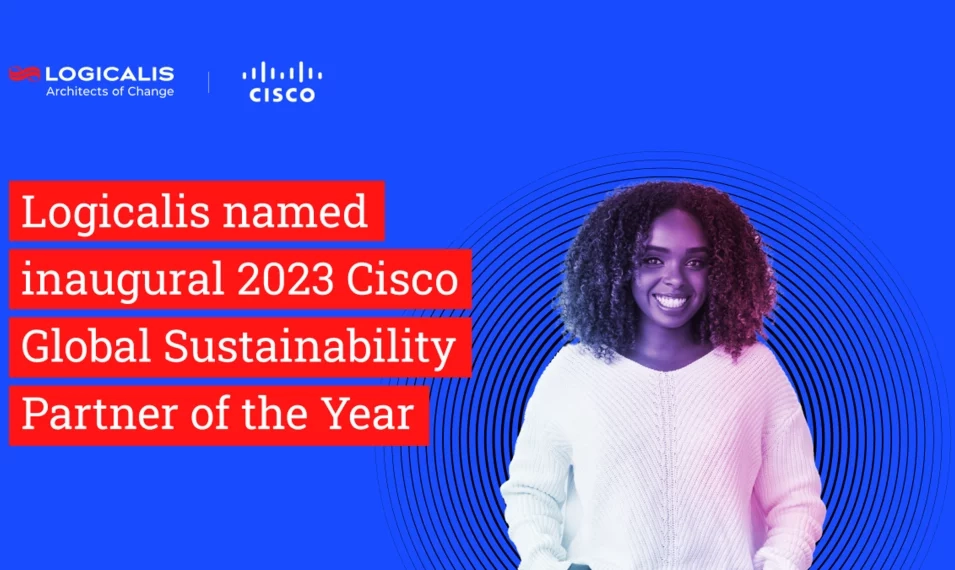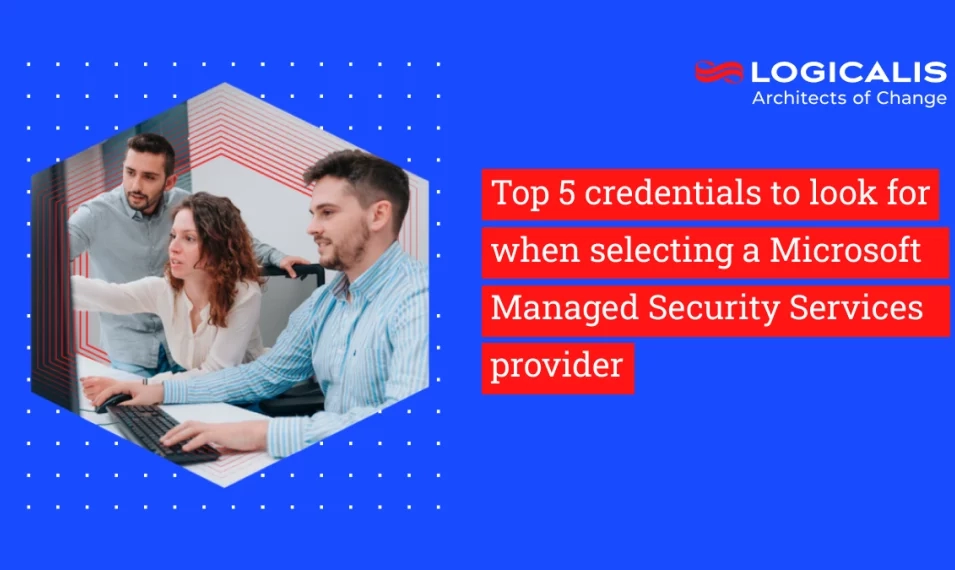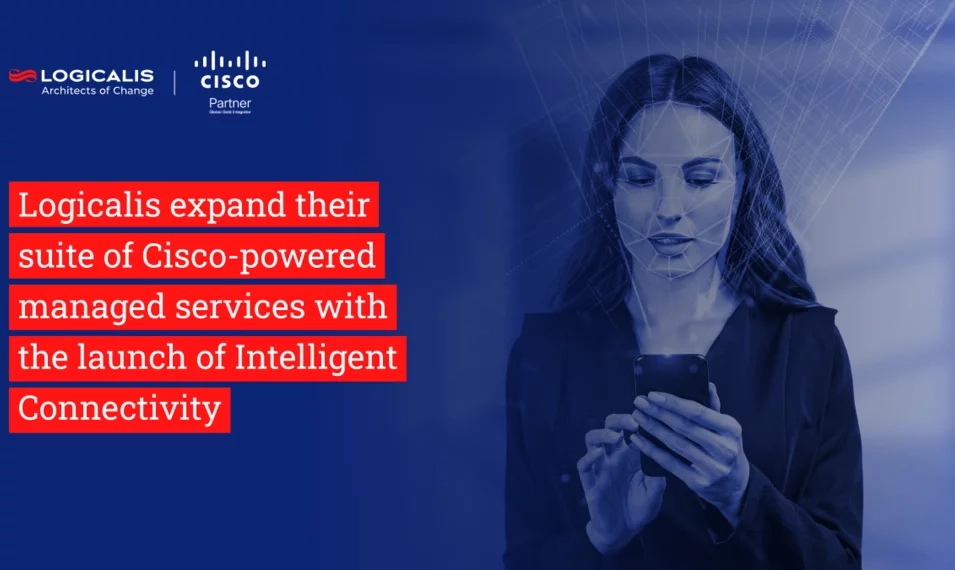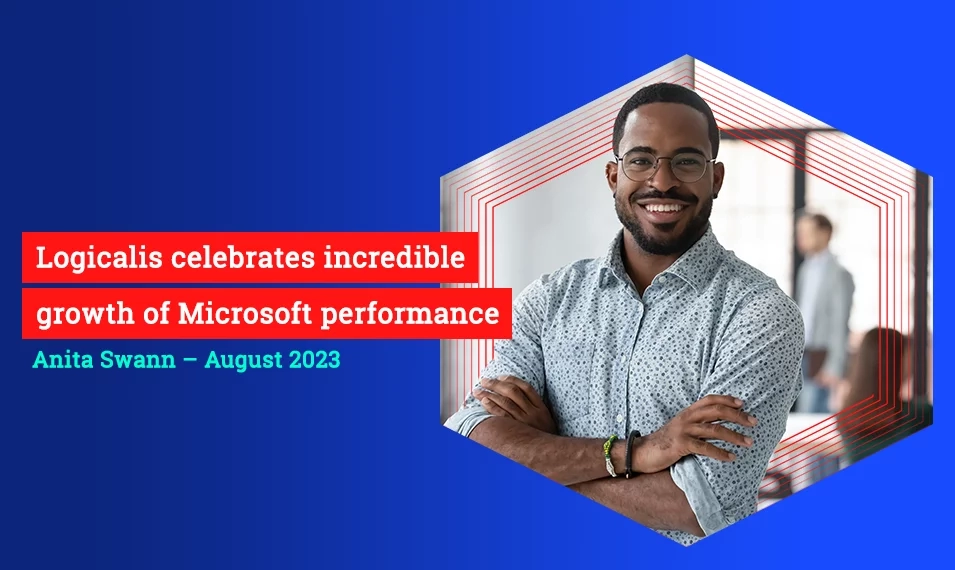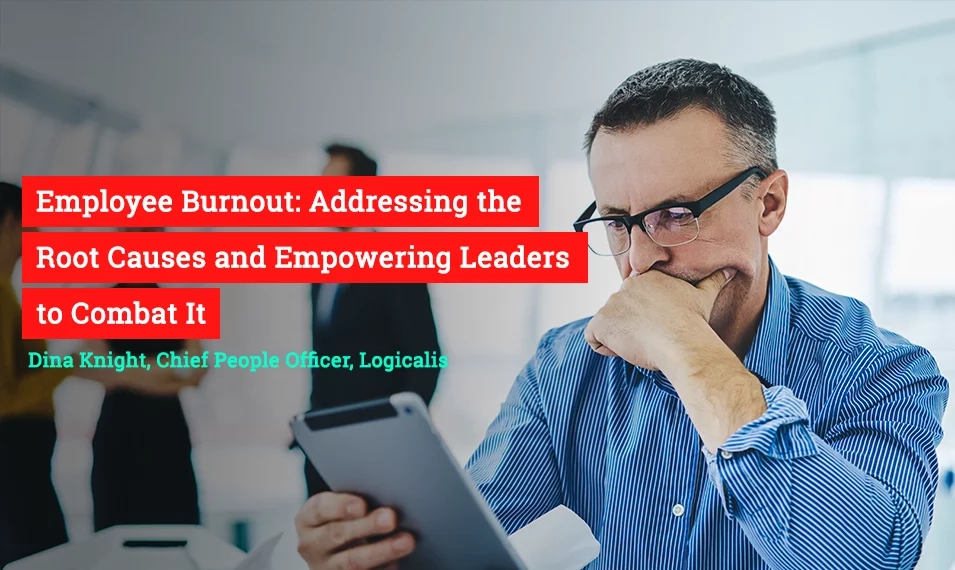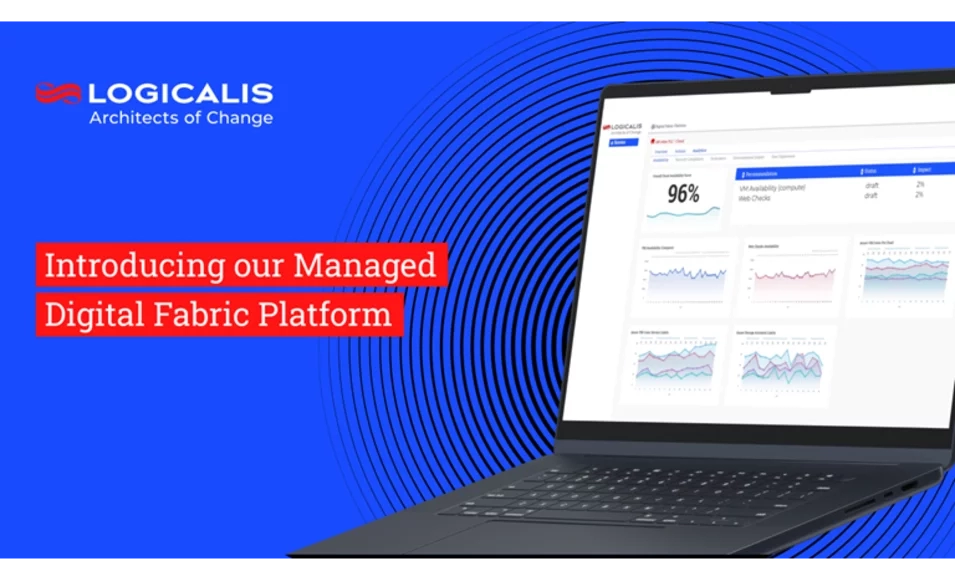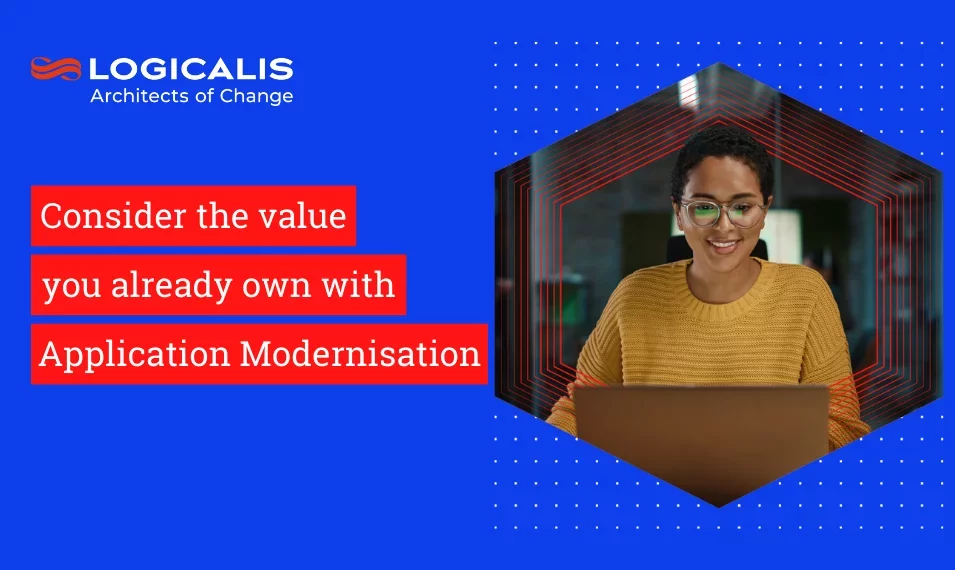
Australia, Feb 12, 2025
Application modernisation, often overlooked in digital transformation, can be a cost-effective way to leverage the benefits of cloud technology. This involves updating legacy applications to improve performance, security, and efficiency, allowing for greater scalability, flexibility, and integration.
While many organisations are committed to digital transformation, most don't immediately switch to the latest and greatest tools. They have likely already made significant investments into legacy applications and on-premises infrastructure. Business leaders at these organisations often want to extract the maximum value from those investments first and spread transformation costs out over time.
However, according to the 2024 Logicalis Global CIO Report, more than one-third of Australian CIOs surveyed say that a significant barrier to digital transformation is incompatible legacy technology. Handling legacy tech and getting it right is crucial to a successful transformation.
That's where considering all the options in the digital transformation toolkit can come in handy, especially when modernising legacy apps.
Defining moments that matter
We will undoubtedly face critical junctures or turning points in our professional and personal lives. These are the moments we can look back on later in life and recognise them for what they are – decisions that made a significant impact, for good or bad. Sometimes, we may not even realise the weight of these decisions as we make them.
Imagine for a moment that you are a business leader faced with moving your sizeable workforce into a different workspace. You know this is a critical juncture for your organisation's future, and you must get it right. What questions would you ask to ensure you make the most of this moment?
- What costs should we compare and consider when moving into a new building or renovating existing facilities?
- How can we work better together, and what does that look like?
- What style of work collaboration will we need for success, and do we have the right room and technology infrastructure to support it?
- What facilities do we need to offer our team?
- How will we manage business and employee growth for the next 5 to 10 years?
These are the same questions facing technology and business leaders when moving from legacy applications and on-premises infrastructure to the cloud. Considerations around modern work styles, collaborative tools, flexibility, costs and the overall timing of the move all come into play. Digital transformation is a critical juncture for the business, a defining moment that will shape the company's potential for years to come.
Outlining the approach for Application Modernisation
Application modernisation takes your organisation's processes, systems, and tools and updates them to a cloud-first approach. For example, you might have any number of Java, .NET, Linux web apps, SAP apps or SQL databases that you want to modernise and get the most out of. Before considering the strategies for application modernisation, it's essential to do the groundwork first.
- Plan: Understand the application landscape
All good plans start with knowledge, which is why the first step in an application modernisation journey is to conduct an audit. An audit helps you to understand the organisation application portfolio, underlying infrastructure and dependencies. - Align: Understand your purpose
Aligning to the organisational digital transformation roadmap and the expected outcome through application modernisation will help you focus your decision-making. having a clear understanding of the why and where your business is heading and aligning the strategy of application modernisation to the digital transformation roadmap will ensure the business are making an informed decision. A misalignment here can have cascading adverse effects into the future. - Prioritise: Identify critical aspects
With your transformation goals defined and an overall roadmap in mind, it's now crunch time. Define your organisation's critical apps and features and focus on delivering these well. Anything else is nice to have and can wait. By looking at your business purpose and understanding the essential applications and features that support it, you gain a clear sense of the priorities for your application modernisation project. - Deliver: Outline methodologies and operations
Finally, you then need to determine which modernisation strategies and development methodologies will be used to deliver the modernisation project. Most businesses use a myriad of apps, and piecing together the right approach to modernise each app can be complicated. Accessing expertise around which of these strategic approaches will deliver best against your goals is highly advised.
Application modernisation strategies
While a rehost strategy or "lift and shift" approach might seem the simplest way to shift legacy applications to the cloud, it isn't always the best approach. Understanding the implications of future hosting costs, performance and compatibility issues is crucial and having the latest expert advice can make all the difference.
Other strategies can range from simple updates, such as replatforming or moving an app to a new platform, to more complex overhauls. Refactoring involves improving the internal structure of an app without changing how it works externally. Rearchitecting redesigns the app's architecture for better performance and scalability. Rebuilding involves creating a new app from scratch, often using modern technologies. Replacing an app involves swapping it out for a new, off-the-shelf solution.
Generative AI is also one of the latest ways organisations deliver application modernisation projects with streamlined costs and efficiencies. From automating code generation and refactoring to intelligent design suggestions, automated knowledge management documentation and improved testing and quality assurance. Organisations are adopting gen AI to accelerate development, enhance user experiences, increase efficiency and save on development and maintenance costs.
Tapping into the power of Generative AI is a timely reason to consider application modernisation. Many organisations are looking to modernise and enhance Microsoft 365 apps and Azure cloud solutions to support Copilot's generative AI workflows. The same goes for AWS offerings where organisations want to innovate data-intensive apps, modernise data infrastructure, add intelligence to applications or create custom generative AI apps.
While legacy technology can be a barrier to a successful digital transformation, you don't need to let it hold you back. Many of your organisation's previous investments can still have value, which application modernisation can unlock. This approach can offer a cost-effective way for your organisation to stay on track with its digital roadmap without starting from scratch.
Embrace the future of application modernisation and position your organisation for success. Contact us today to learn how we can help you modernise your applications.



